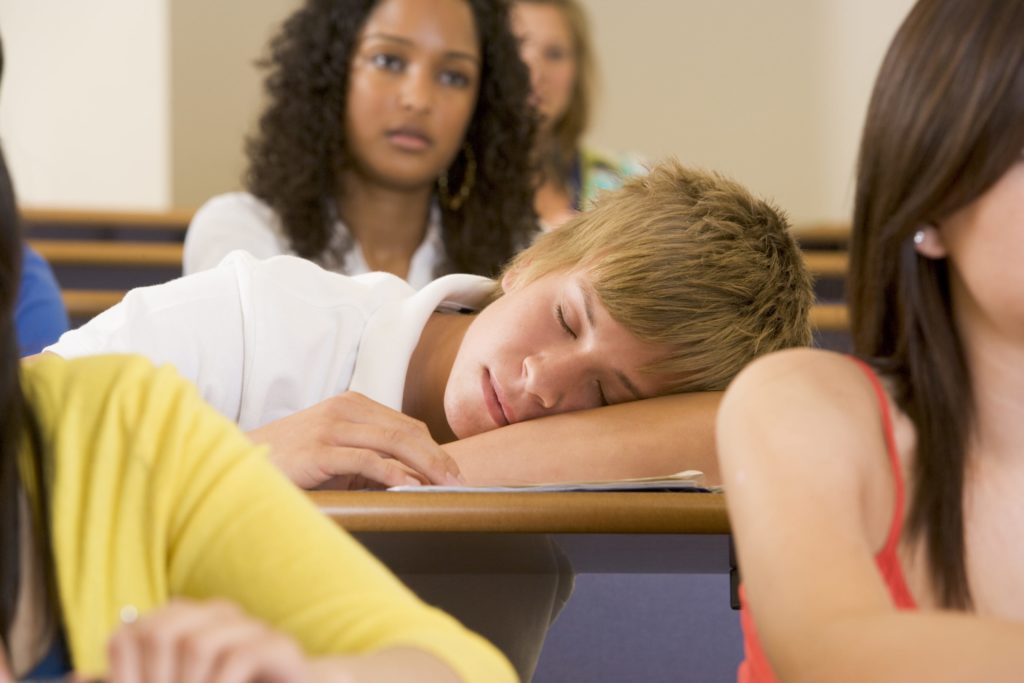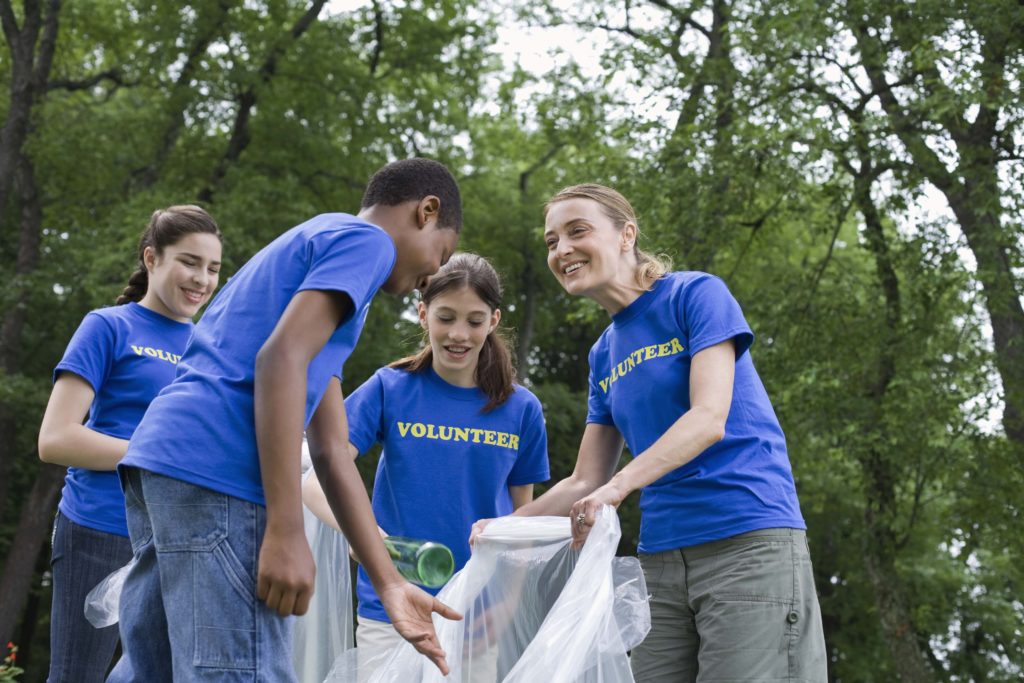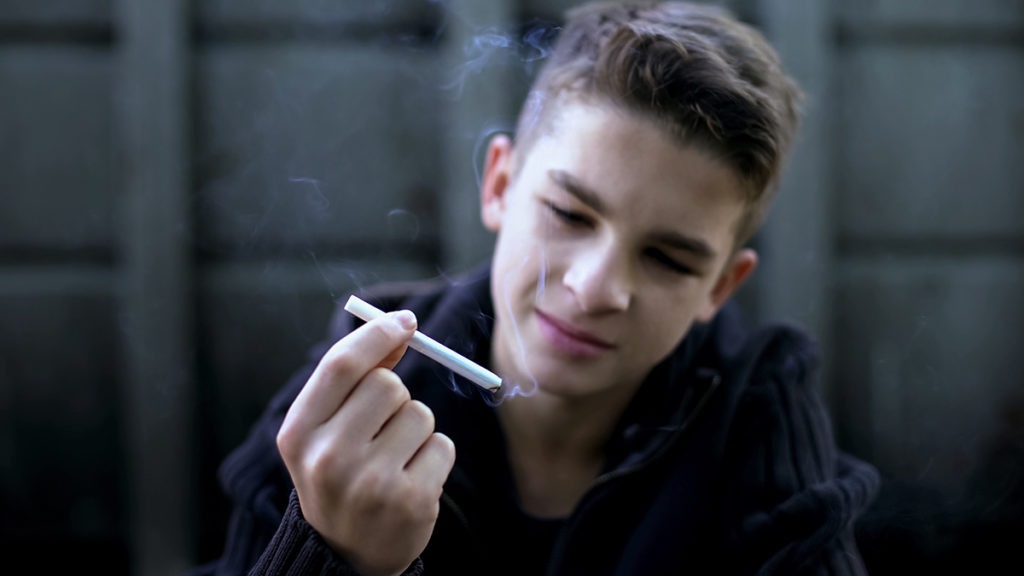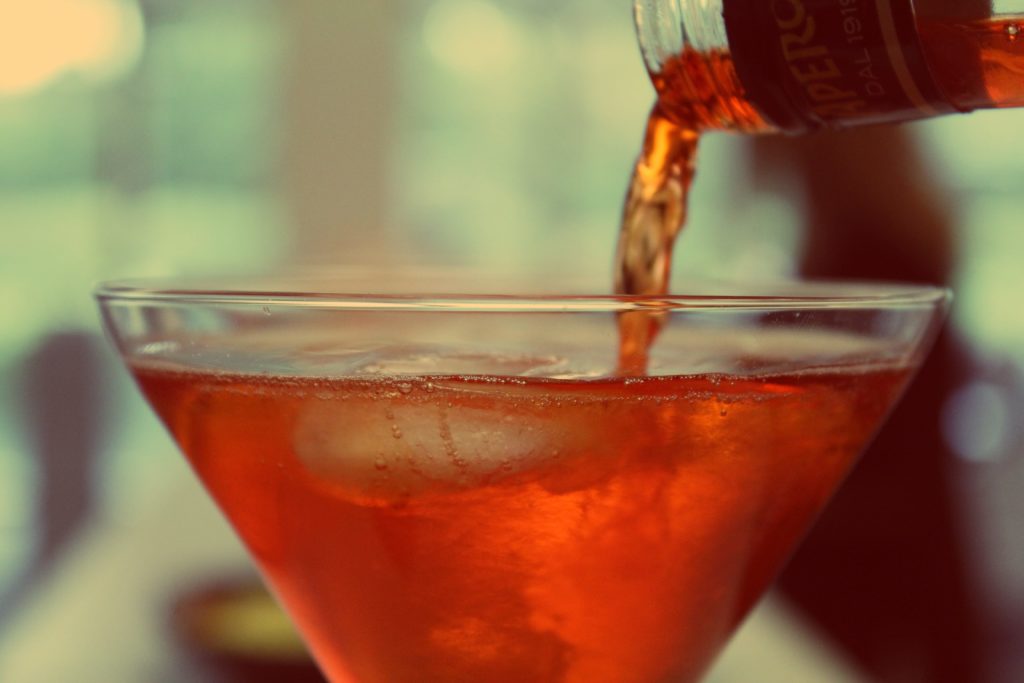According to an extensive 2008 study, teens ages 12 to 17 showed the highest percent of drug use with just over 60 percent surveyed saying they had a dependence issue with an illicit drug. The 18 to 25 age group reported a dependence rate of 37 percent while people 26 and older were dependent at a rate near 25 percent. Youths ages 12 and 13 seem to prefer prescription drugs while marijuana becomes the drug of choice for 14 through 17-year-olds. The 14- to 15-year-old group dabbles in inhalants and hallucinogens, but those substances and cocaine start to ramp up in the 16- to 17-year-old group, according to a report from the Substance Abuse and Mental Health Services Administration (SAMHSA). What does this mean? In 2008, approximately 22 million teenagers and 12-year-olds were reporting that they had a substance dependency problem or abused illicit drugs within the previous 12 months. Around 15 million of them were into alcohol solely, while the most popular illicit drug was marijuana, overall. Most teens say that the drug that they first indulged in was marijuana, while psychotherapeutics came in second. Painkillers also hit the list of popular first-time drugs with many saying they misuse Oxycontin and Percocet. Marijuana and painkiller use continues on, as those two comprise the largest pieces of a pie chart at 57 and 23 percent, respectively. Inhalants are the third most popular choice among teens, which is especially concerning as their developing brains are negatively affected by inhalants’ toxic fumes. Huffing fumes to reach an altered state of consciousness affects areas of the brain associated with self-regulation and core executive skills. When taken at chronic levels of frequency, teens are exposing themselves to greater structural brain development risks, which ultimately result in an impaired cognitive development. Whether it’s alcohol, cocaine, huffing or painkillers, parents are urged to get involved and take steps to intervene. Substance abuse treatment at an addiction treatment center is often the best-case scenario for a teen caught in the grip of addiction. Teens often believe that they do not need assistance, but this is rarely the case, which is why parents need to step in and be the catalyst for treatment. According to the SAMHSA report, about 95 percent of teens do not believe that their substance abuse issue is in need of professional treatment. In fact, only five percent actually feel like they need rehab, but only one percent follow through with seeking out that treatment. Of all these teens who need treatment, only around 10 percent will get it. The National Center on Addiction and Substance Abuse said in a report in 2012 that most people seeking treatment do not receive evidence-based care. This means that when they do get treatment, it’s not consistent with scientific research regarding what will most likely be effective for that individual. Some of the best methods in recovery include attending groups that specialize in self-help, and one-on-one sessions with counselors or therapists. In many cases, people who go to a 30-day clinic might get a good dose of short-term help, but they really require long-term intervention, which is why so many relapse shortly after leaving the facility. Health experts say there is no one-size-fits-all solution for battling teen drug and alcohol abuse. While some teens will require extensive residential therapy, others might be better suited for medication therapy. Therapeutic communities are also a good solution for teens requiring long-term substance abuse rehab.






